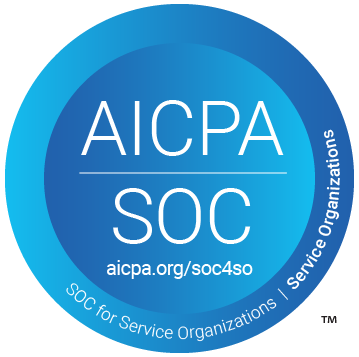B2B marketers know that great direct marketing campaigns start with accurate data: A 2018 study showed that 89% of marketers believe data quality is critical in driving B2B sales and marketing campaigns.
But is accurate data alone enough? Enough to generate and nurture leads? Increase customer retention? Raise brand awareness? Deploy communications?
We all know the answer to those questions: Data is a great start, but your next B2B marketing campaign needs more than that to successfully drive revenue.
So, what are the key components of a successful direct B2B marketing campaign?
- Clearly Defined Goals: What is the primary objective of the campaign, and, more specifically, the content? Having clearly defined goals outlined for each stage of the buying cycle is paramount to success. Top-of-funnel awareness marketing is perfect for content such as eBooks and video, and channels such as digital or social. Bottom-of-funnel is better suited for high-cost content such as direct response, and channels such as direct mail. Understand first what you want to achieve and align your content and channels. Then, procure the right data.
- A Fine-tuned Audience: While data is necessary to build your audience, you will be more successful at reaching the right decision makers if you segment them. Advanced data segmentation tools and predictive analytics used in conjunction with high quality B2B data containing a wide variety of firmographic attributes allow you to drive conversion rates and sales by identifying decision makers most likely to purchase your product or service, respond to your offers, and perform like your best customers.
- Relevant, Personalized Communications: While it seems like a no-brainer to use segmentation and predictive analytics to qualify your audience, it might not be quite as obvious that you should be thinking about your messaging with a data-driven mindset as well. Use everything you know about your audience to your advantage when crafting your communications. Develop testing scenarios to determine the most impactful—and cost-effective—ways to manage your campaign. Consider the firmographic details of your audience, cost, timeline, and target CPA—among other things.
- Right Channels and Cadence: When it comes to outbound communications, you need to find the right mix of channels and cadence for your message, whether that is email, direct mail, social, mobile, display, or all of the above. If you have accurate identity data about your target audience, you can use virtually any channel to reach them. Effective campaigns reach audiences at multiple touch-points along the buyer’s journey with content tailored to each channel.
- Measurement and Campaign Reporting: In order to manage future program success, you need to know what worked and what didn’t—and the best way to know that is to measure your campaigns. Whether that is through matchback analysis, break-even analysis, incrementality/lift analysis, or any other variety of metrics, it is critical to put standards in place to define and measure success. When you are still planning your campaign, be sure to find ways to analyze your campaign data so you can identify responders, understand campaign results, and develop future campaign improvements.
For more than a decade, Speedeon Data has enabled leading brands to succeed by driving actionable insights, timely and impactful communications, and measurable results. Click here to learn how using the highest quality, most up-to-date business data and our B2B marketing services allow you to expand your brand’s audience reach, identify and engage decision makers, generate more leads and conversions, and ultimately grow your business.

